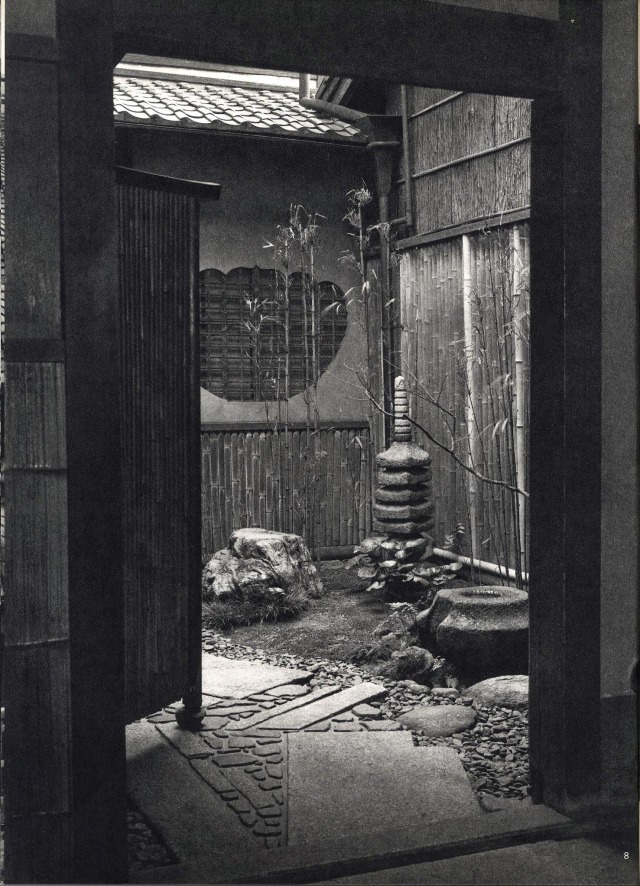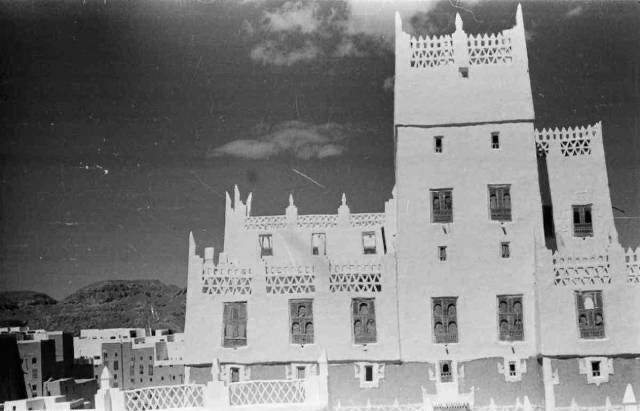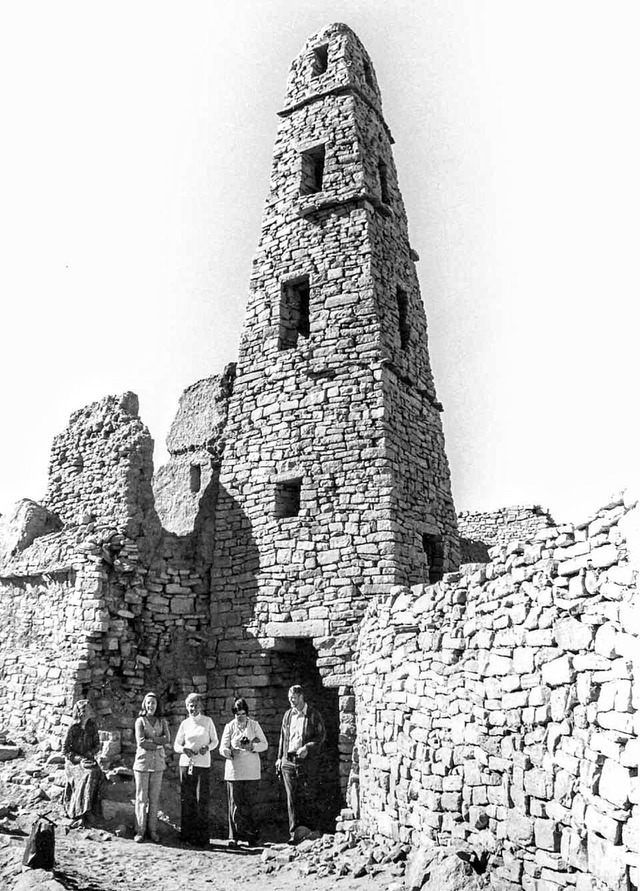#book of khidr

Yukio Futagawa (Japanese photographer, editor, and publisher 1932 - 2013), Rural Houses of Japan, 1958 - 1960

Yukio Futagawa (Japanese photographer, editor, and publisher 1932 - 2013), Rural Houses of Japan, 1958 - 1960

Yukio Futagawa (Japanese photographer, editor, and publisher 1932 - 2013), Rural Houses of Japan, 1958 - 1960

Minaret of Ibn Tulun mosque in Cairo, Egypt, built entirely of carved stucco, red brick, and plaster, with a helical (spiral) outer staircase (similar to the minaret in Samarra). It was said one could climb these stairs on a horse and this has fascinated me since childhood. Architectural historian Doris Behrens-Abouseif asserts that Sultan Lajin, who restored the mosque in 1296, was responsible for the construction of the current minaret. Photographed by K.A.C. Creswell circa 1921-1924.

Inner arches of Ibn Tulun mosque in Cairo, Egypt. The mosque was commissioned under the rule of Ahmad ibn Tulun (Abbassid governor of Egypt from 868–884), designed by the prominent Egyptian architect Saiid Ibn Kateb Al-Farghany (a Christian Orthodox architect and engineer who designed the Nilometer), constructed in the Samarran style common with Abbasid constructions. It’s the oldest mosque in Egypt surviving in its full original form, and the largest mosque in Cairo. Photogravure by Martin Hürlimann (Swiss publisher and photographer) in 1937.

Ibn Tulun mosque commissioned under the rule of Ahmad ibn Tulun (Abbassid governor of Egypt from 868–884), designed by the prominent Egyptian architect Saiid Ibn Kateb Al-Farghany (a Christian Orthodox architect and engineer who designed the Nilometer), constructed in the Samarran style common with Abbasid constructions. It’s the oldest mosque in Egypt surviving in its full original form, and the largest mosque in Cairo.

The city of Shibam, in the desert of Ramlat al-Sab'atayn, known as the first city on earth with a vertical masterplan and for its mudbrick-made high-rise buildings. Dating from the pre-Islamic period, it was the capital of the Hadramawt Kingdom and one of the three major cities of the Qu'aiti Sultanate. Yemen, 1941. Photographer unknown.


The city of Shibam, in the desert of Ramlat al-Sab'atayn, known for its mudbrick-made high-rise buildings. It was the capital of the Hadramawt Kingdom and one of the three major cities of the Qu'aiti Sultanate. Yemen, 1941. Photographer unknown.

Omar bin al-Khattab Mosque in Dumat al-Jundal or Dumat al-Jandal (also known as Al-Jawf or Al-Jouf), photographed in 1975. The minaret has five storeys. According to Saudi scholars it was erected in the Umayyad period (661-749) although some scholars attribute its construction to the time of Omar bin al-Khattab caliphate (the second caliph of the Rashidun Caliphate 634-644). Photographer unknown.
